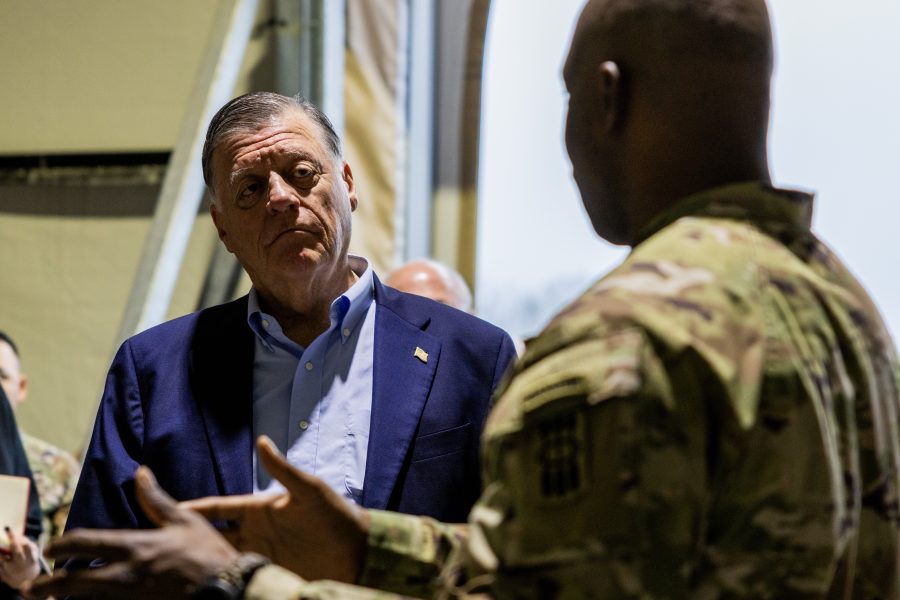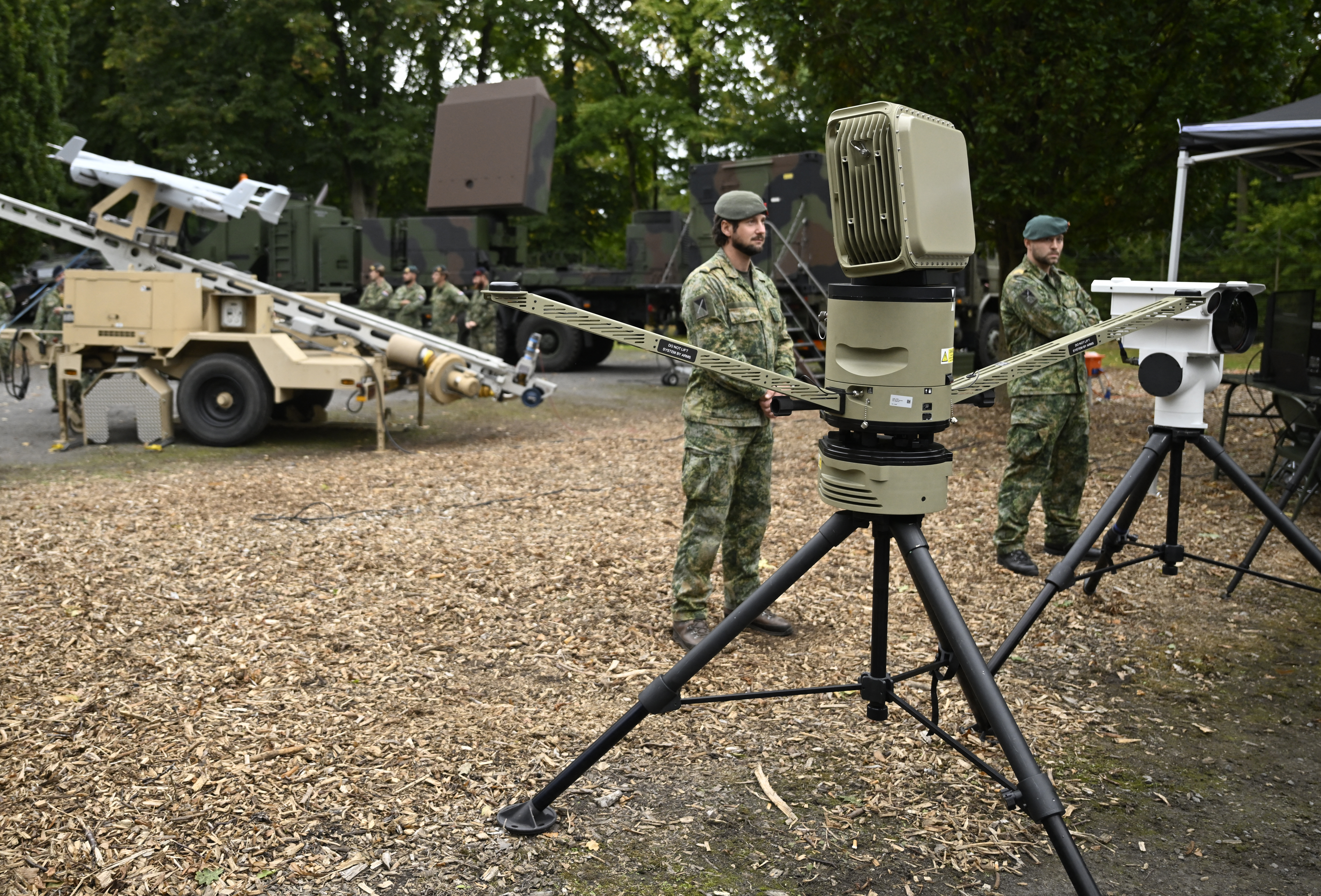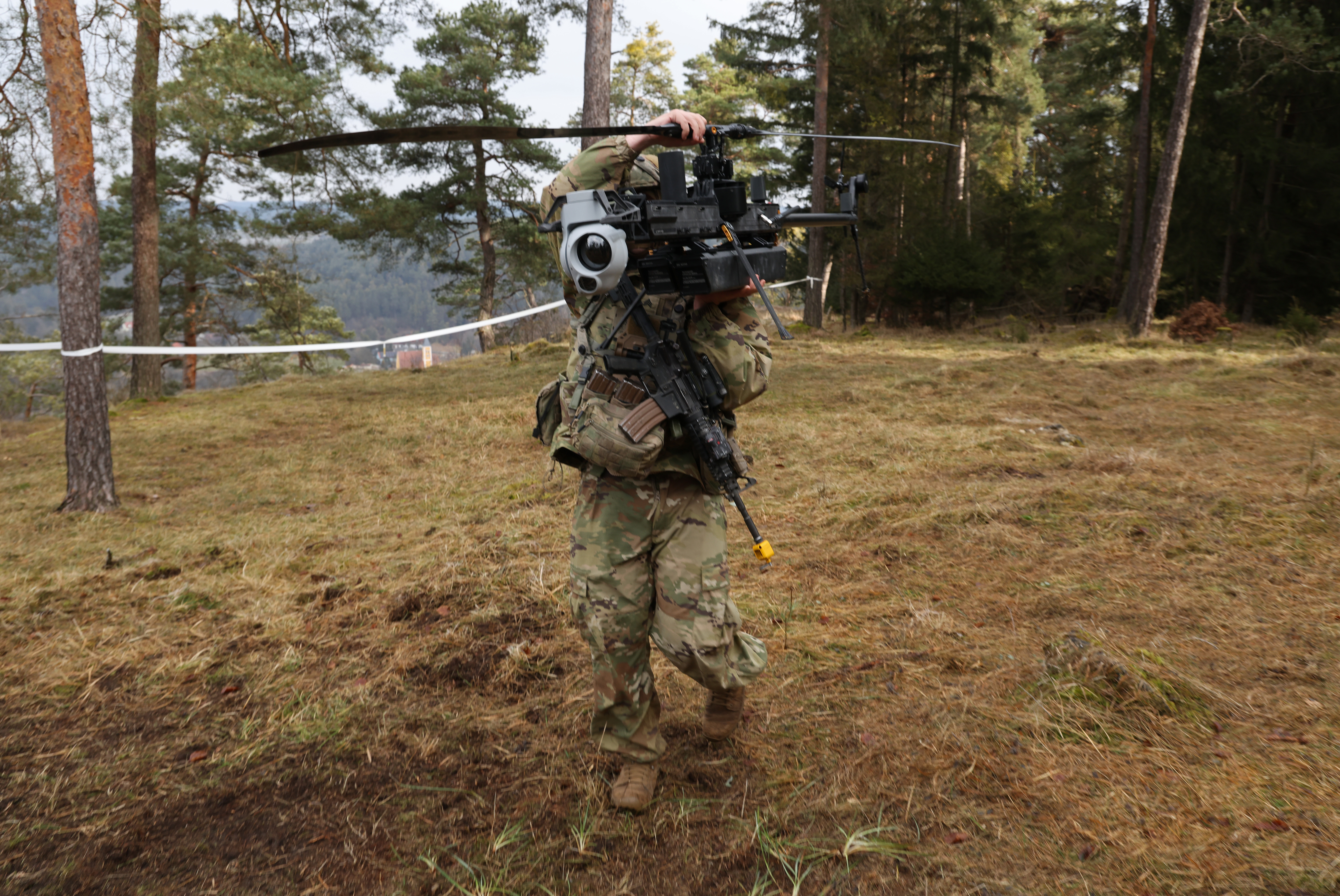
The House Appropriations Committee wants the Air Force to be more open about how it manages its multibillion-dollar weapons acquisitions to ensure they are fully funded and ready for the next fight.
In a report accompanying the committee’s proposed 2026 defense budget, the committee recommended that Air Force Secretary Troy Meink significantly improve how the service identifies and prioritizes the new capabilities it needs to deter and, if necessary, defeat other technologically advanced adversaries such as China on the future battlefield.
House appropriators sent the draft budget bill on to the full chamber in a 36-27 vote June 12, even though the Pentagon has not yet publicly released its 2026 budget request that lawmakers would typically use as a starting point.
Committee members expressed concerns over how the Air Force reallocated roughly one-third of the $3.2 billion Congress provided to continue developing the high-priority Sentinel intercontinental ballistic missile in fiscal 2025.
The committee said the Air Force has created confusion in the budget process by grouping the next-generation F-47 fighter and the Collaborative Combat Aircraft drone wingman program into a single pot of money. Lawmakers also dinged the service for failing to modernize flight simulators for the B-52 Stratofortress bomber.
As a path forward, the committee is pushing the Air Force’s new Integrated Capabilities Command to redefine the service’s needs, develop feasible modernization plans, and execute realistic acquisitions to support troops, according to the report.
The Air Force stood up a provisional version of the new command last fall with the goal of reaching full operations sometime this year. Air Force Chief of Staff Gen. David Allvin said the goal is to create a unified organization that will lead force modernization efforts and keep various branches of the service aligned on the way ahead.
To maintain oversight, House appropriators would require Meink to brief both the House and Senate armed services committees on the status and cost estimates of standing up the ICC and its subordinate offices, how it might impact current programs and whether the strategic basing process is required for their establishment.
The committee would also require ICC leadership to provide semi-annual briefings to both appropriations committees on how its offices are working to achieve strategic modernization, recapitalization, and resourcing for the Air Force.
In the short term, the committee wants more details on spending decisions for Sentinel, echoing concerns of lawmakers on other congressional panels. In early June, House Armed Services Committee Chairman Mike Rogers (R-Ala.) pressed Air Force leaders why the service had reduced the $3.2 billion budget for Sentinel by roughly $1.2 billion to fund other programs. He and other lawmakers voiced worry that Sentinel won’t be ready to replace the current Minuteman III missiles before they are too old to be effective.
“An adjustment of this magnitude should have been accompanied by proactive communications including robust details on a rephasing plan,” the House Appropriations report said.
The committee recommends just over $2 billion for Sentinel for 2026, as additional funds may become available through reconciliation, the report added. The sweeping tax-and-spending bill in the works by congressional Republicans could offer up to $2.5 billion to develop the new land-based nuclear missiles.
“Given significant cost changes projected for this effort,” the committee would direct Meink to provide an update as soon as possible on the ICBM’s new price tag as well as quarterly briefings on program updates and cost data.
The committee also took issue with the Air Force’s practice of combining the F-47 and CCAs under the Next-Generation Air Dominance, or NGAD, program funding line.
“The co-mingling of two significant acquisition programs limited Congress’ ability to track how funding was allocated between NGAD and CCA efforts within the year of execution,” the report said. For more visibility into cost and performance, the committee recommended moving the CCA into a separate funding line from NGAD.
CCAs are envisioned as artificially intelligent drone wingmen that can significantly increase airpower while taking Airmen out of harm’s way. The committee recommended roughly $495 million for the CCA program in fiscal 2026; another $678 million may come through the reconciliation package. That totals $1.2 billion, up from the Air Force’s $804 million request for CCAs.
House appropriators recommended $3.2 billion for F-47 in the base budget, slightly lower than Defense Secretary Pete Hegseth said the Air Force needs for the sixth-generation fighter that will provide the service with greater range and more advanced stealth capability.
The committee also said the Air Force needs to invest more to modernize B-52 flight simulators. It recommended just over $26 million for the Air Force to collect, analyze, and prepare flight simulation and modeling for the B-52H.
HAC would require Meink to brief the congressional defense committees on the service’s strategy and cost estimates to develop, test, and procure modernized B-52H high-fidelity flight simulators.
The post House Appropriators Want More Transparency for Big-Ticket Air Force Buys appeared first on Air & Space Forces Magazine.

Air, Budget, Congress, 2026 budget, acquisition, B-52, Collaborative Combat Aircraft, F-47, House Appropriations Committee, NGAD
Air & Space Forces Magazine
[crypto-donation-box type=”tabular” show-coin=”all”]












